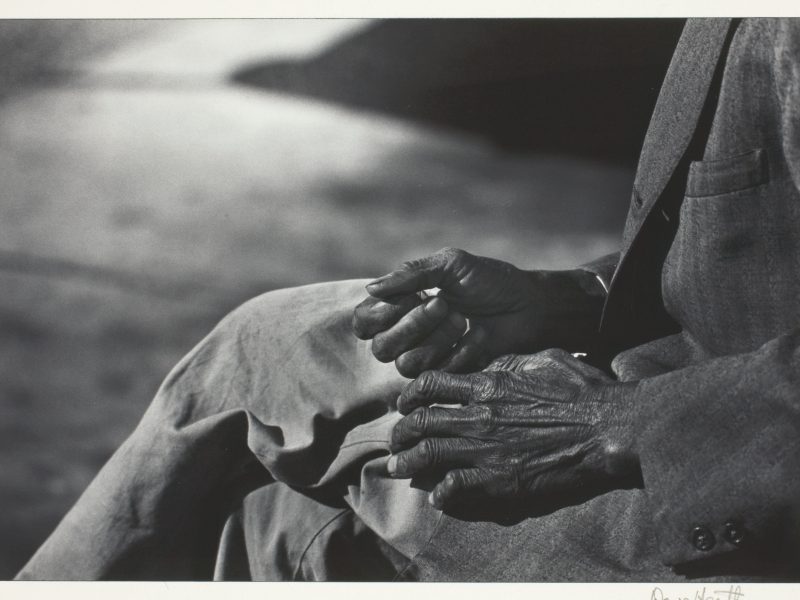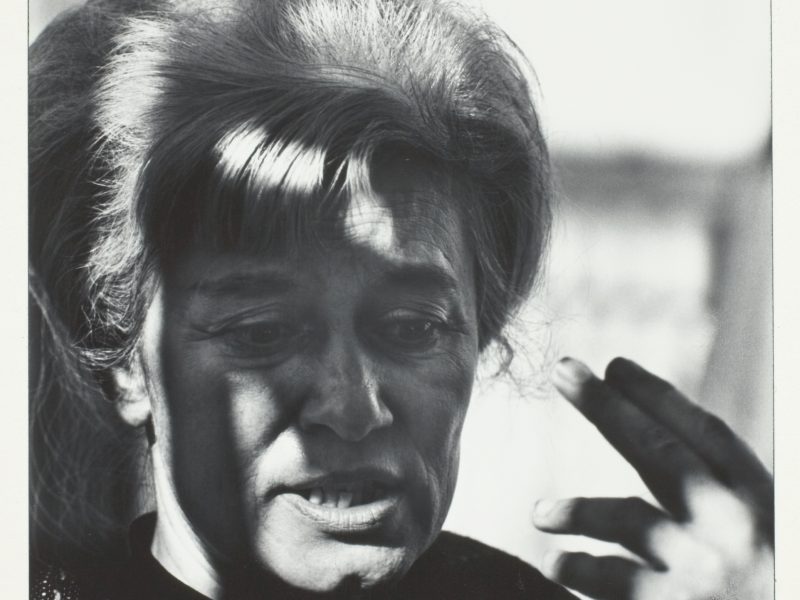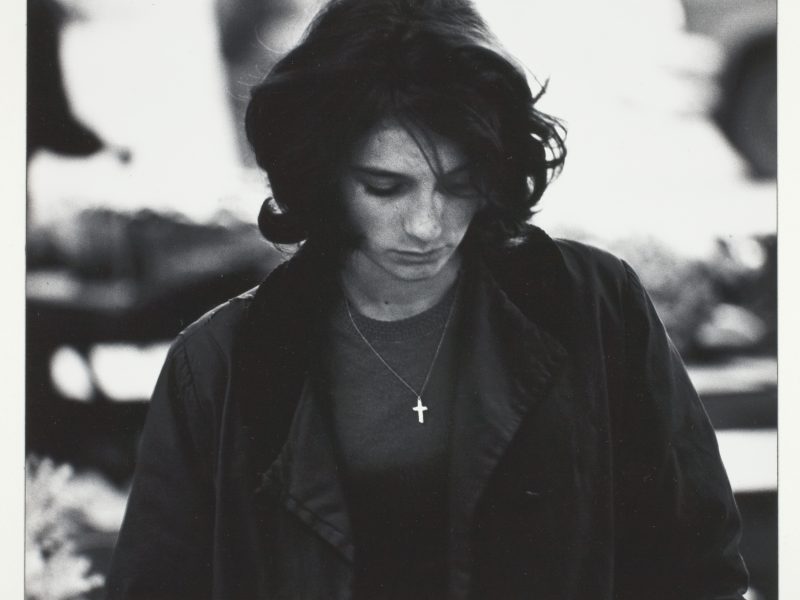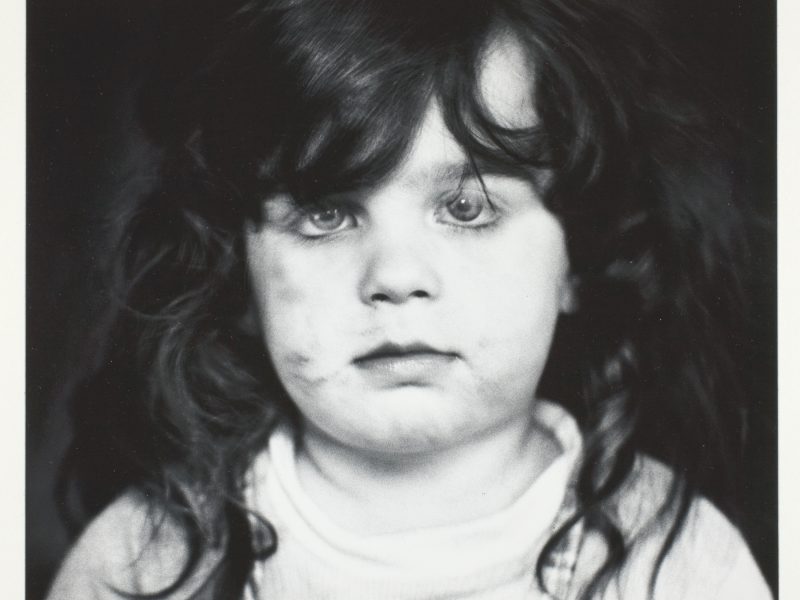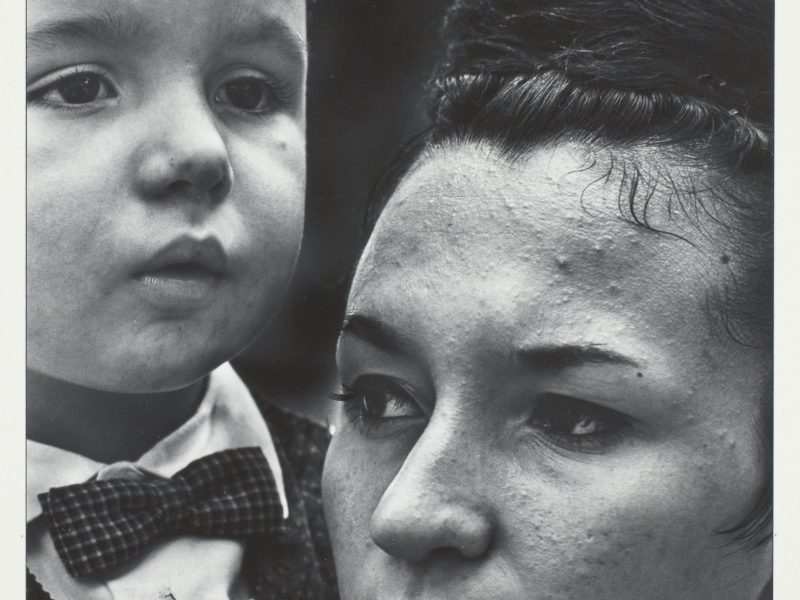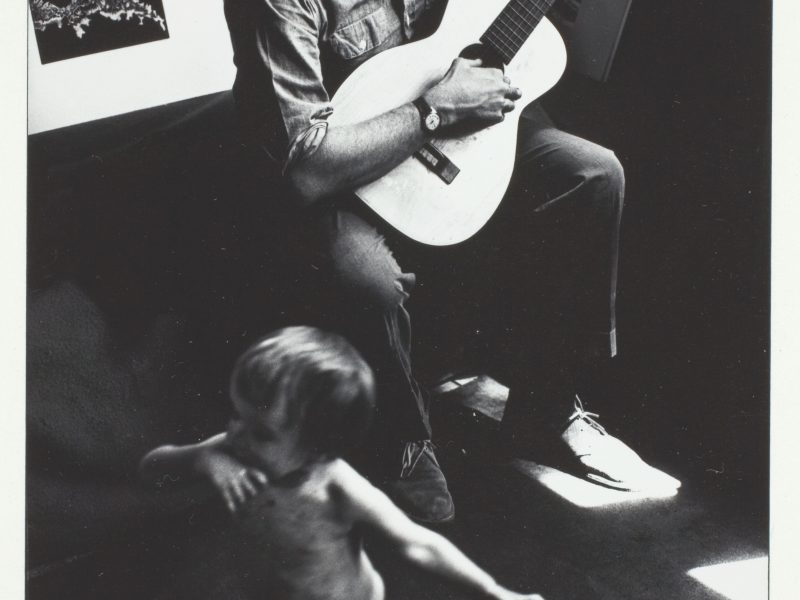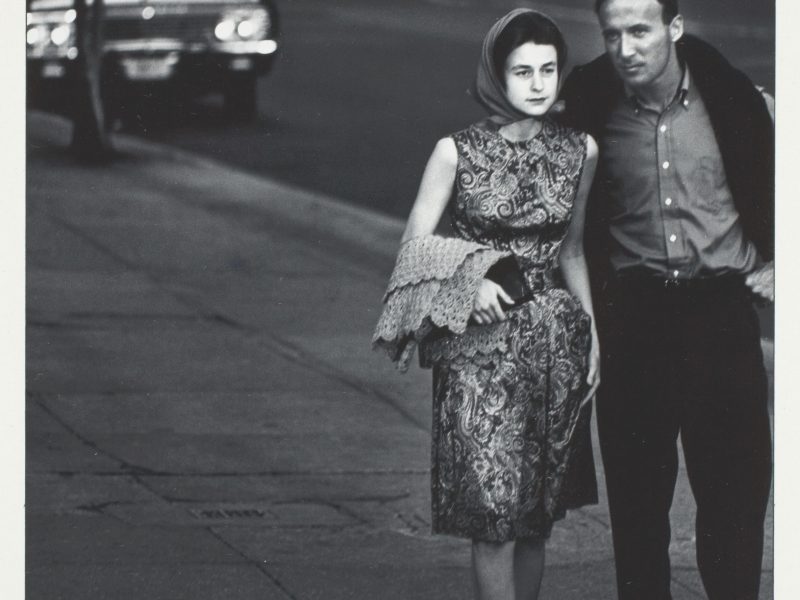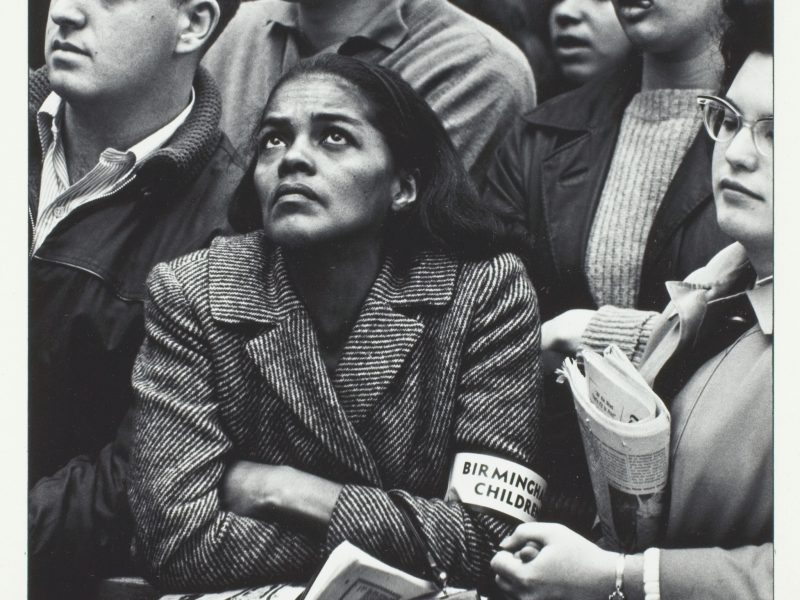Dave Heath
Dave Heath (American, 1931–2016) used photography to convey the loneliness and beauty of those around him. Abandoned by his parents at age four, Heath grew up in foster homes and an orphanage. He was fascinated as a child by magazine photographs; a 1947 photo essay by Ralph Crane in Life, “Bad Boy’s Story: An Unhappy Child Learns to Live at Peace with the World,” showed him a way to make photography a mode of self-expression.[1] Inspired by the humanistic photography of Harry Callahan and W. Eugene Smith (who later taught a print workshop attended by Heath), and interested in the relationship between words and pictures, Heath produced several handmade books, including 3 (1953), In Search of Self: A Portfolio (1956), and Chicago (1956). After serving in the Korean War, he attended the Philadelphia Museum School of Art from 1954 to 1956 then came to Chicago and took night classes with Richard Nickel at the Institute of Design. In 1957–64 he lived in New York, where he worked for commercial photographers and befriended photographers Roy DeCarava, Garry Winogrand, Smith, and Robert Frank, among others.[2] Reaching a pivotal moment in his career, Heath won successive Guggenheim Fellowships in 1963 and 1964. With this assistance he completed A Dialogue with Solitude (1965) his most celebrated publication: eighty-two sympathetic photographs of a range of human moments taken between 1952 and 1963.[3]
Hugh Edwards premiered sixty-four of the photographs from A Dialogue of Solitude in the summer of 1963, two years prior to the publication. His wall label for the exhibition so resonated with Heath that the photographer asked if he could use the text as the foreword to his planned book. The label read, in part:
“A Dialogue with Solitude” is a self-portrait in which the artist himself never really appears, but is revealed and interpreted by every detail. Its revolt is alive with sympathy and acceptance of man’s modern placement in the world, mated with contradictory realization and resistance which deny and combat the absurdities of existence. This is expressed with a sincere poetry which is never shocked out of countenance by reality.[4]
The exhibition was among the most popular that Edwards had mounted to date, and he wrote to Heath after its close, “I will always be happy about having the exhibition of your work. It goes away from here as one of the best we have ever had and it did a world of good for drawing attention to what is being done here.”[5] In October 1964 the Art Institute acquired Heath’s Portfolio ’63. This selection of twenty works, made while on the Guggenheim Fellowship, focused on the human condition and expanded on his work in A Dialogue with Solitude.
[1] Keith Davis, Multitude, Solitude: The Photographs of Dave Heath (Nelson Atkins Museum of Art, 2015), pp. 14–16; the article referred to is Ralph Crane, “Bad Boy’s Story: An Unhappy Child Learns to Live at Peace with the World,” Life 22, 19 (May 12, 1947), pp. 107–14.
[2] Heath ended up printing some of the photographs used by Frank for his 1961 exhibition at the Art Institute of Chicago.
[3] Dave Heath, A Dialogue with Solitude, with a foreword by Hugh Edwards (Community Press, 1965).
[4] Edwards, exh. label for A Dialogue of Solitude, 1963, on file in the Photography Department, Art Institute of Chicago.
[5] Edwards to Dave Heath, Aug. 29, 1963, Institutional Archives, Art Institute of Chicago. As noted in an article written by Edwards that year, Heath’s show had been the fourth-most attended exhibition he had organized; Edwards, “Some Experiences with Photography,” Contemporary Photographer 4, 4 (Fall 1963), pp. 5–8.
